Inside Out and the power of emotion in film
I recently watched the Pixar film Inside Out with my family. It's about a young girl who is uprooted from her old life and moves to a city, and her emotions - Joy, Fear, Anger, Disgust and Sadness - conflict on how best to navigate her new life. It was very heartwarming and cleverly written. Like all good Pixar films the storytelling has something for adults and children, had me in tears, although I cry easily at films these days.
There’s a scene where one of the characters “Sadness” consoles her friend who is having a hard time, the other character “Joy” does not understand why she bothers doing this. It challenged me because we tend to think of sadness as something negative but the scene beautifully plays out - the friend just needed to express his sadness and let his feelings out. He then pulls himself back up from despair and continues on the quest with a new lease of life.
It got me thinking about the power of emotion in film and why films trump other mediums in communicating emotions.
The funny thing is, in business emotion is something we rarely see and feel, it's covered up and seldom expressed. Sure, emotions can sometimes get you into trouble but organisations that stifle or simply forget about the emotional content of their messages are missing an opportunity to win over the hearts of their audiences.
We are complex creatures and expressing emotions is not easy. The challenge lies in working out how you feel and identifying the emotions you want others to feel, some of the time this happens by accident. If you’re selling widgets or writing code it would be easy to think that there is a lack of emotion in what you do.
The trick is to just look a little deeper to find the psychological core of what you do, why you do it and how it affects others. You don't have to be solving world hunger or curing cancer to have emotive messages, here are just a few examples:
The Always Like a Girl ad packs an emotive punch by challenging gender types
This Thai telecoms ad shows the power of one moment of generosity over a lifetime
This small Norwegian charity uses a simple social experiment to show how acts of kindness save lives
Look Up made Gary Turk a youtube sensation by speaking out against the emotional isolation of technology
The John Lewis Christmas ad uses themes of loneliness and empathy and to get their message across
Making video emotional
Videos allow you to express emotions more strongly than other mediums because it engages more of the senses, we transfer our emotions by what we see and hear.
Stories that we tell are memorable when the emotions are allowed to bubble through and emotional stories are marketing gold. If it's not an emotional story then find one that is. Interesting characters, settings, conflict and resolution all add to the psychological charge.
Furthermore, video makers use the right music, pacing and tone to augment what's on screen. Great acting is important but conversely entrepreneurs and business owners can be just as passionate as any actor and it's authentic. Just look at Ted talks for loads of passionate examples.
Here are some questions to help start flexing your emotional muscles:
1. Why do you what you do?
2. How do you feel about what you do?
4. What do your customers actually feel about what you do?
3. What do you want your customers to feel about your products or services?
5. How does what you do help others?
6. Within your organisation when are you most angry, sad, fearful, disgusted or joyful?
Take the answers to those questions and infuse your marketing messages with some emotion. Then think about ways you could make that visual, hey presto you’ve the beginnings of an emotionally charged story.
Want to tell your brand's story through video? Talk to us about how we can help.
